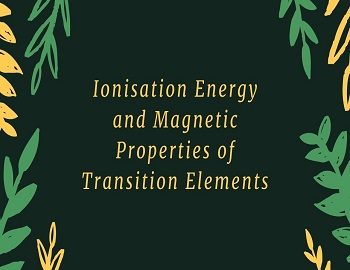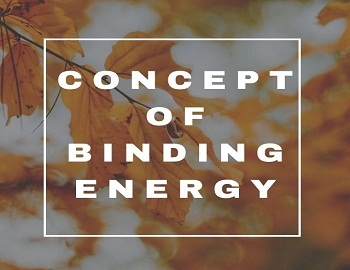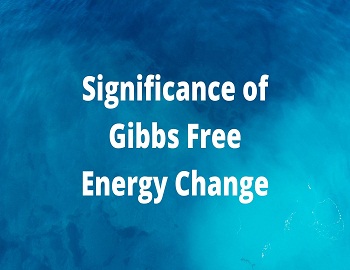Table of Contents
Ionisation Energy and Magnetic Properties of Transition Elements:
Ionisation Energy:
The ionisation energy values of d-block elements are higher than s-block elements and lower than p-block elements due to their higher nuclear charge than s-block elements and comparatively lower nuclear charge than p-block elements. On moving from left to right across a transition series, the nuclear charge increases with the increase in atomic number thereby causing an increase in ionisation energy. This increase is marginal and irregular due to the reason that the addition of d-electrons in the penultimate shell shields the outer s-electrons from the inward pull of the nucleus and so the nucleus Valence shell electron attraction does not vary much. This results in marginal irregular variation in their ionisation energies. The first ionisation energies of the 5d series (3rd series) are higher than those of the 3d (1st) and 4d (2nd) transition series due to the fact that the 4f-orbitals in the 3rd transition series have poor shielding effect resulting in an increase in the forces of attraction between the nucleus and valence shell electrons.
Magnetic Properties:
Most of the transition elements and their compounds are paramagnetic in nature i.e. get attracted towards a magnetic field. It arises due to the presence of unpaired electrons. The spin of the unpaired electrons give rise to a magnetic field that can interact with an external magnetic field and thus the element or compound acquires a Paramagnetic character. Since most of the transition elements and compounds have unpaired electrons in their (n-1) d-orbitals, therefore they show Paramagnetic character. The greater the number of unpaired electrons present in the orbital of a substance; the greater is the Paramagnetic character. Example- Fe3+ ion (3d5, 4s0) is more Paramagnetic than Fe2+ ion (3d6, 4s0). Iron, cobalt and nickel are so strongly Paramagnetic that they can be magnetised and are known as Ferromagnetic.
Transition metals like Zn, Cd and Hg which do not have unpaired d-electrons do not show Paramagnetism and are Diamagnetism in nature i.e. get repelled from a magnetic field. This is due to the reason that the small magnetic field generated by the spins of the two electrons act in opposite direction and thus cancel each other due to which no interaction takes place with an external magnetic field.









Comments (No)